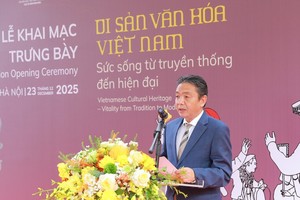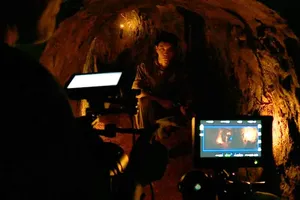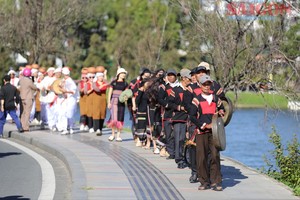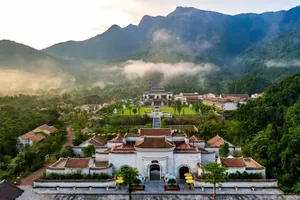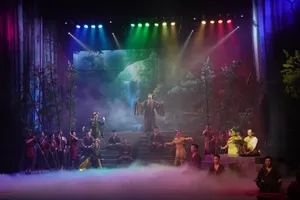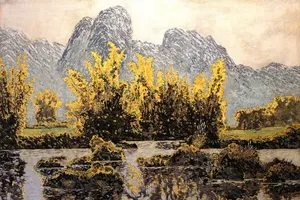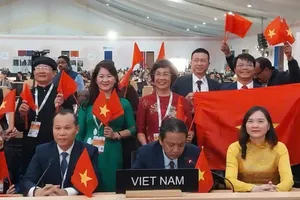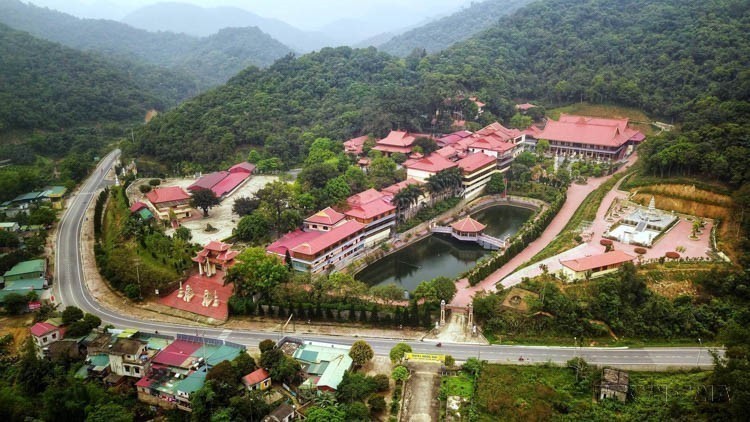
The Yen Tu - Vinh Nghiem - Con Son - Kiep Bac Relics and Landscape Complex has been recognised as a World Culture Heritage site.
In the afternoon of July 12 (Paris time), at the 47th Session of the World Heritage Committee of the United Nations Educational, Scientific and Cultural Organisation (UNESCO), Professor Nikolay Nenov, Chairman of the Session, officially knocked the hammer to recognise the Yen Tu - Vinh Nghiem - Con Son - Kiep Bac Relics and Landscape Complex as a World Cultural Heritage site.
This is the 9th world heritage of Vietnam and the second inter-provincial world heritage, after Ha Long Bay - Cat Ba Archipelago in Quang Ninh province and Hai Phong city.
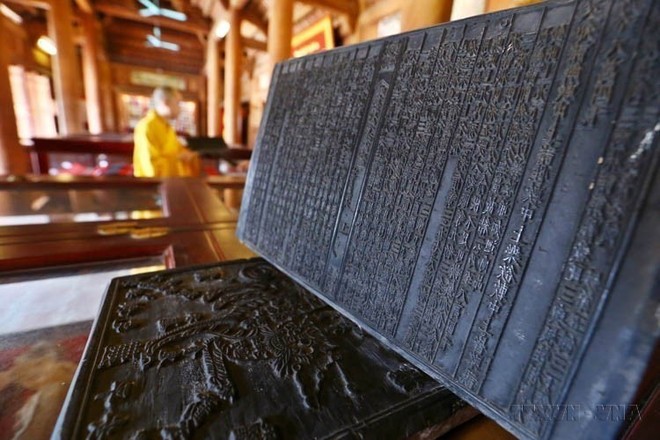
The Yen Tu - Vinh Nghiem - Con Son - Kiep Bac Relics and Landscape Complex is located in the provinces of Quang Ninh and Bac Ninh, and Hai Phong city. It includes 12 locations with a core area of 525.75 hectares and a buffer zone of 4,380.19 hectares.
The Yen Tu - Vinh Nghiem - Con Son - Kiep Bac Relics and Landscape Complex, with Truc Lam Buddhism as its core, was established in the 13th century by the Tran Dynasty’s kings, especially the role of Buddhist King Tran Nhan Tong. Truc Lam Buddhism has created many values, making special and sustainable contributions to the cultural and spiritual heritage of humanity.
The recognition of the complex as a World Culture Heritage site is the result of persistent efforts, high consensus, and close and effective coordination between authorities at all levels, sectors, localities, and domestic and international organisations.


